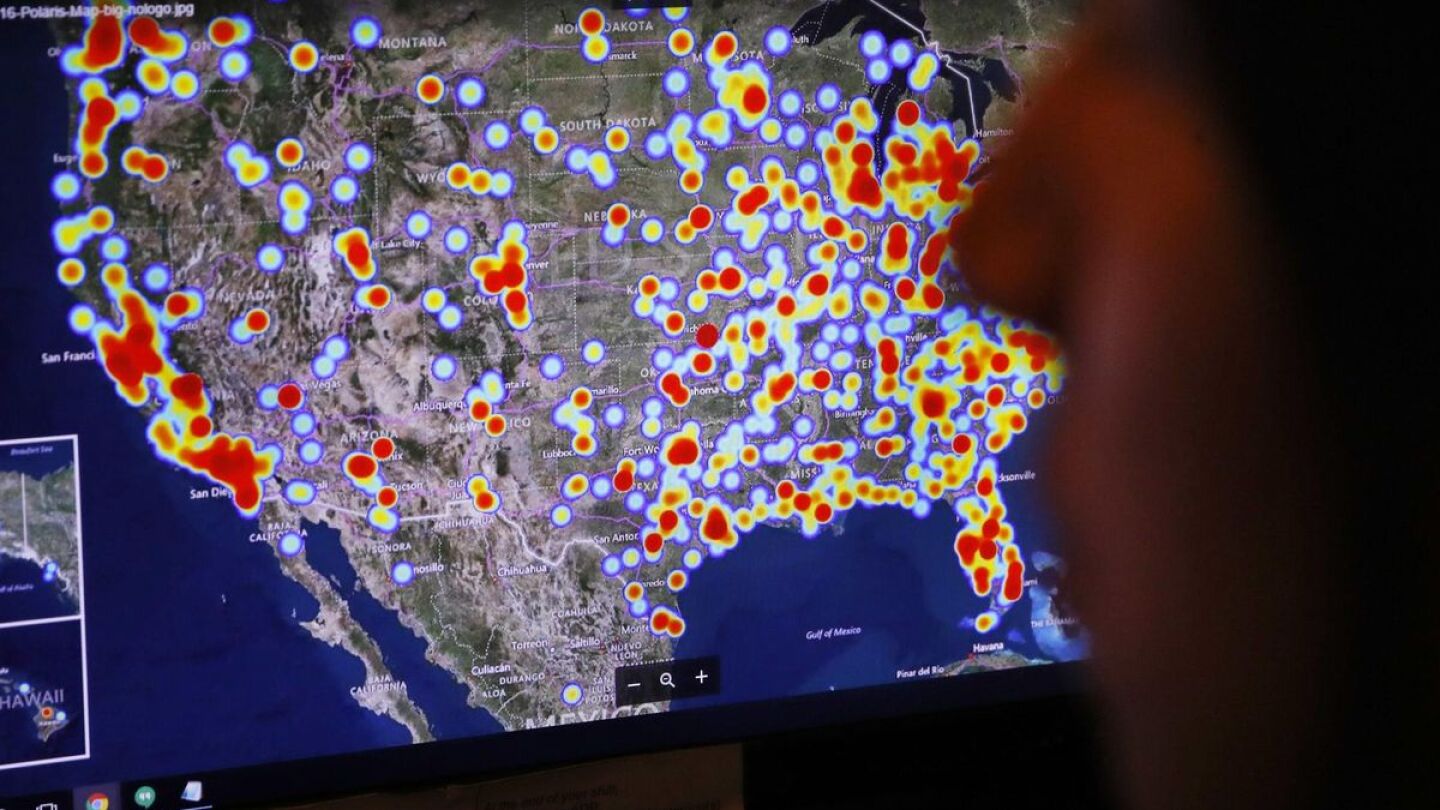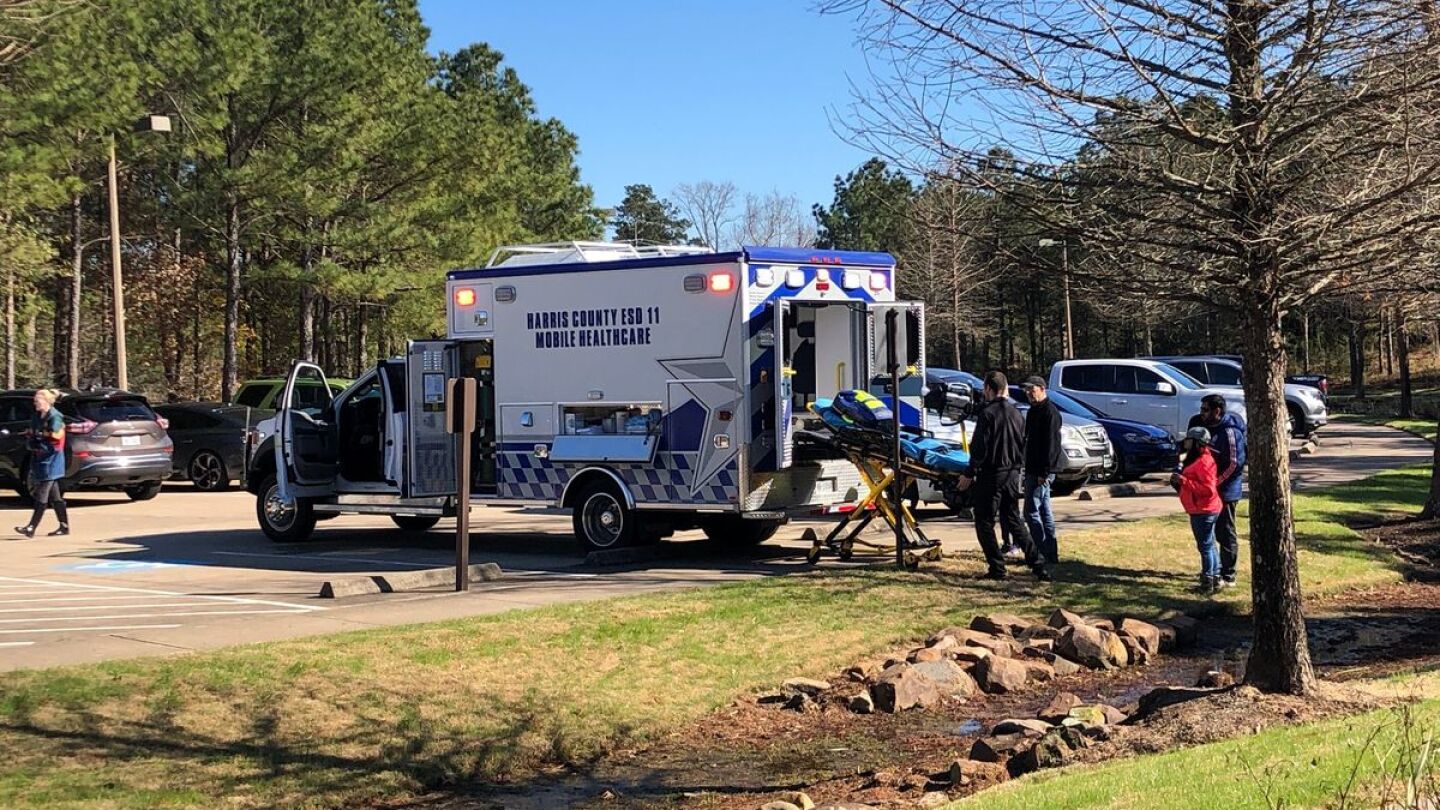Patient Assessment
Patient assessment is the process an EMT or paramedic follows to evaluate an injured or ill patient. The process includes a scene size-up, which is the identification and mitigation of risks, a primary assessment to find and fix life threats and a secondary assessment to perform a focused history and physical exam of the patient. Each step is an opportunity to collect information that will guide treatment and inform a transport decision. In the EMS1 Patient Assessment topic find the latest news about patient assessment and top resources to improve your patient assessment skills.
An overview of pain and sedation for the prehospital provider
Avoid misdiagnosing atrial flutter as sinus tachycardia by mastering these ECG interpretation strategies
How has the EMS Scope of Practice changed since the first EMS Week was celebrated 50+ years ago?
12 residents and three staff members of the Mount Carmel Senior Living Community were among those transported to a hospital
Officers in Ewing tried to reach a 6-year-old boy trapped in a fire on the fourth floor of a seven-story apartment
The attack killed 14 people, including an 18-year-old who had ambitions of becoming a nurse; authorities initially put the death toll at 15, which included the suspect
A guide to more realistic simulations
Four children were among those injured when balloons pulled down giant LEGOs during a New Year’s Eve celebration in Peabody
Rescuers need to anticipate specific medical problems and patient needs as they prepare to encounter patients in a collapsed structure or debris pile
St. Johns County Fire Rescue paramedics faced a trench rescue scenario they had trained for but never done on an actual call
The technology allows Virginia Beach paramedics to detect internal injuries and assess critical conditions better before reaching the hospital
Two Flat Rock EMTs were immediately fired after an investigation found they did not contact medical control due to the patient’s disorientation
Police in Wakefield found the bodies of four adults during a welfare check
First responders worked 60 feet above the ground, inside a grain silo in Boyceville to free a person trapped in a sweep auger
Crush syndrome can be expected following any event where patients are trapped for a length of time
By debunking human trafficking myths, EMS providers can assist the victims they encounter in their own communities
EMS clinicians are in a unique position to provide proactive education to patients as the only subset of clinicians that enter their homes
A single question can unlock memories that will distract your patient from their current pain – and fill your day
Harris County ESD11 Mobile Healthcare developed 10 commandments to set initial expectations while onboarding 200 paramedics
Officials were unable to determine why students at The John Carroll School in Bel Air became ill
Our cohosts tackle system design, enhancing education standards and personal accountability
Steve Whitehead asks, does your pulse ox probe fail you, or do you fail it?
How advanced techniques like delayed-sequence intubation and NIPPV mitigate adverse outcomes in physiologically difficult airways
Where capnography can guide treatment in complex medical scenarios
South Metro Fire Rescue crews faced a technical rescue at a Centennial construction site
Salem firefighters purchased 140 caps after several players were concussed at the beginning of the season
Your willingness to provide pain management is a reflection of your ability to empathize with the patient
A verbal attack can be personal; here’s how to deflect the attack and minimize the damage
New technology is changing how we place electrodes for accurate 12-lead ECGs
Now that I have half a dozen or so of these experiences under my belt, here’s what to expect when responding to a medical assistance call on a flight
Louisville firefighters managed to uncover the worker’s arm and head, creating just enough space for Paramedic Nate Witek to place what he called the best IV of his career
The exhausted hiker spent 12 hours in “frigid” overnight conditions near Loma Mar in San Mateo County
The CDC found that stroke was the fourth leading cause of death in 2023



































